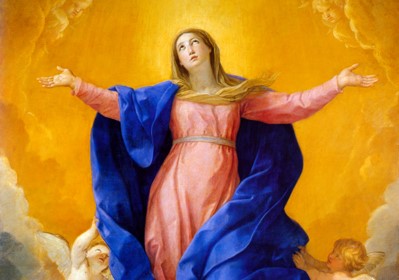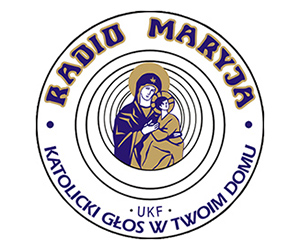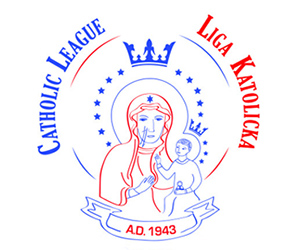
The liturgical feast of the Immaculate Conception of the Blessed Virgin Mary was born in the East in the eighth century. It was passed on to the West in the ninth century as “De conceptio Beatac Mariae” and was celebrated on December 8 in relation to the oldest holiday of the Nativity of Mary on September 8th.
In Great Britain the celebration of this holiday as the “Immaculate Conception” began in the eleventh century, and around 1130 A.D. this tradition was passed on to France.
Due to opposition from some theologians (including Saint Bernard, Peter Lombardo, Saint Albert the Greater, and Saint Thomas), the decline in popularity suffered in the 13th century. However, after Duns Scot defended the idea, it became more widespread and became almost universal.
In 1477 Pope Sixtus IV approved the texts of the Mass and Liturgy of the Immaculate Conception.
Starting from the end of the 15th century, many universities introduced the custom of granting academic degrees only to those who vowed to defend the doctrine of the Immaculate Conception of the Blessed Virgin Mary.
In 1708, Pope Clement XI raised the feast of the Immaculate Conception to the rank of a compulsory feast. Pius IX, on the other hand, approved the texts of the Mass and Liturgy of the Hours, which were reviewed again in 1863. The significance of this celebration must be traced to the dogma of the Immaculate Conception of Mary, which was solemnly proclaimed by Pope Pius IX on December 8, 1854 with the “lneffabilis Deus”.
For theologians, it was not clear from the beginning that Mary was conceived without sin because such a fact was, in their opinion, difficult to reconcile with other truths of the faith, among others with the dogma of the universality of salvation. The development of this doctrine was therefore slow. The key point was the distinction made by Duns Scot to “redenzione prevenieste” (prophylactic, preventive) and “redenzione curativa” (healing, curing).
Only Pius IX dogmatically defined the truth about the Immaculate Conception of the Blessed Virgin Mary after prior consultation with the universal church. Dogma speaks of a special privilege granted to Mary by the subsequent merits of her Son Jesus Christ.
Mary was thus prepared to be a dignified dwelling place (Sanctuary and Mother) for the Son of God. The Immaculate Conception was a preparation for Mary and her ability to answer the mystery of the Annunciation. She was a person truly free from sin, free from all selfishness, which enabled her to respond perfectly to God’s call, “Behold, I am the handmaid of the Lord, let it be done to me according to Your word,” and to let her humbly and responsibly participate in God’s Plan of Salvation for humanity . Being perfectly free, Mary opened and continues to open her heart to everyone, even to the greatest sinner, desiring to draw him to her Son, with whom she could find the grace of forgiveness and salvation.
This dogma and this celebration should be especially dear to our hearts, because they confirm the great things that God accomplished in Mary and through Mary, and which he often accomplishes in us through her motherly intercession.
Translated by Marta Sniezko







